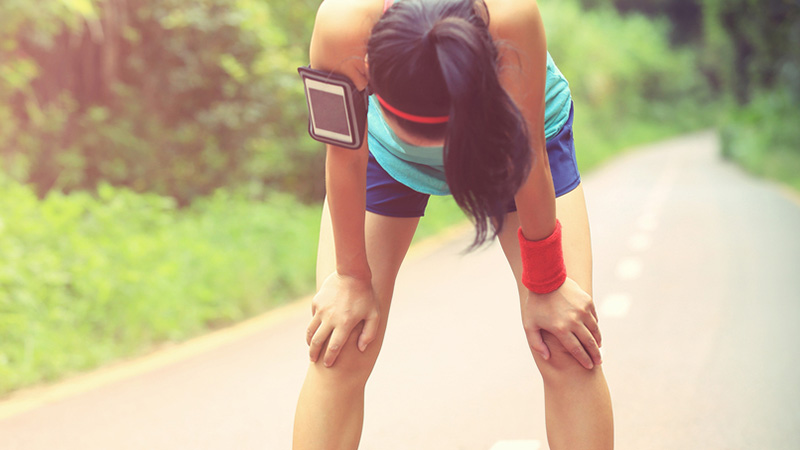
How To Recover After A Marathon
Most people preparing to run a marathon spend most of their time and energy focussing on training for it and trying hard to avoid injury until race day.
But, recovering from a marathon is a critical component to a perfect training plan that is often neglected.
The thing is, if you don't take the time to wind down properly and give yourself time to recover, you'll increase your risk of serious injury, potentially limit your long-term potential and jeopardise your overall health as a result.
It's not unusual for runners who do not spend much time considering their post marathon recovery to find themselves suffering from overtraining symptoms and subsequent performances deteriorating.
But don’t worry – because here at Muscle Food HQ we've thought about all this for you so you can train, race and recover knowing you're well prepared for the long, long, long road ahead…
What Happens To Your Body During A Marathon
Marathons are not for the faint hearted. They are gruelling feats of endurance and test the mind and body simultaneously. They are also notoriously unforgiving and break even the most seasoned athletes.
From your muscles to your tendons, skeletal system to your circulatory system, every single thing that makes up your body is tested and pushed to the absolute max.
Not to mention runners nipple, thigh chaffing and feet that don't actually look like feet by the end of it…
Even your immune system takes a knock with the chances of you picking up a cold or flu post race increasing tenfold which is why it is essential you allow yourself time to recovery properly.
How To Recover

Just like your training plan, there are a number of different stages to your recovery post race. In the following sections we've outlined a basic plan for training and nutrition in order to help you return to your favourite road runs in just 3 weeks.
As Soon As It Ends
First of all – CONGRATULATIONS! 26.2 miles done and we bet you're feeling pretty elated, invincible really. But now is the time to begin your recovery process.
Grab yourself something warm to wear and eat something high in energy – bananas, energy bars, bready items – you want to replenish those depleted glycogen stores fast or your blood sugars will be so low you could faint.
Once you're back at your hotel, or back home, fill the tub with ice and cold water and submerge your body for 15 minutes. Then, have a well-deserved nap or take a very slow walk to keep your legs loose.
Above all else, chill out and enjoy that feeling of achievement.
The Following 3 Days

You're probably in a lot of pain - and it's no wonder! Your body has just been pushed to its max so don't even be tempted to run or cross train, instead:
- Eat. Lots. Of. Carbs! And protein – naturally! You need both in order for your body to start building and repairing muscle damage caused during the marathon.
- Indulge in fruit and veg. Remember we said your immune system will be compromised? By eating a lot of fruit and veg you'll give your body a natural boost of vitamin C and other antioxidants to help ward off any colds.
- Soak in the tub and stretch well every day. It doesn't have to be a long bath, just 15 minutes will do.
- Get a light, gentle massage on your legs. Don't try any deep tissue stuff just yet - you will regret this decision!
Day 4 to 7

Now is the time to start some light training running just 2-4 miles nice and easy. If you're not quite ready to start running again, try light cross-training for 30 minutes to get the blood circulating around your legs.
Also:
- Keep eating that healthy diet.
- Get yourself some Epsom salts and about 1 hour before bed run a warm bath dissolving 3 cups of salt and 1 cup of baking soda. Foam roll your legs then get in the tub for about 15 minutes to unwind.
- Schedule a deep tissue massage.
Day 15 to 21

Now is the time you can start training again – but take it steady at first! Begin with 4-5 runs of 4-8 miles and slowly build back up to full training.
You should also cross-train at least 3 times a week with 1 light, 1 medium and 1 hard session.
Keep stretching and foam rolling, and allow time to get back to full fitness.
But most importantly never forget what you've just achieved.
